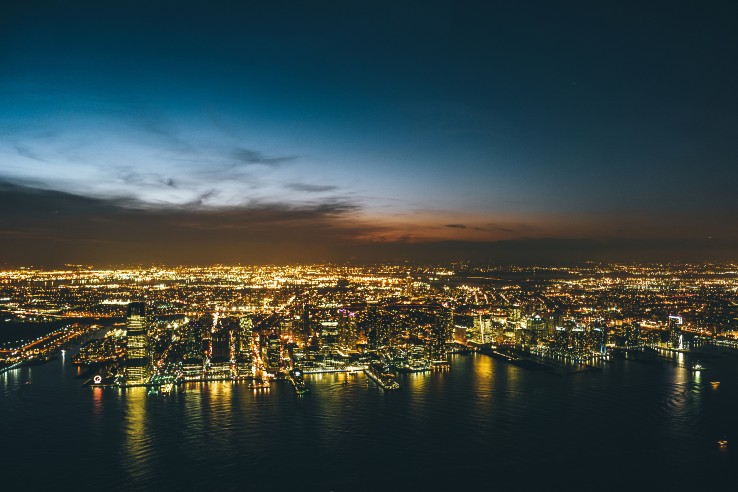Scientists conducted the first study to examine the fetal health impact of light pollution based on a direct measure of skyglow, an important aspect of light pollution. Using an empirical regularity discovered in physics, called Walker’s Law, a team from Lehigh, Lafayette College and the University of Colorado Denver found evidence of reduced birth weight, shortened gestational length and preterm births.
Specifically, the likelihood of a preterm birth could increase by approximately 1.48 percentage points (or 12.9%), according to the researchers, as a result of increased nighttime brightness.
Nighttime brightness is characterized by being able to see only one-fourth to one-third of the stars that are visible in the natural unpolluted night sky. The findings have been published in an article in Southern Economic Journal called “Light pollution, sleep deprivation, and infant health at birth.”
One possible biological mechanism underlying the findings, based on the existing literature, is light-pollution-induced circadian rhythm disruption, according to Muzhe Yang, a co-author of the study and a professor of economics in Lehigh's College of Business. Yang says circadian rhythm disruption can cause sleep disorders that subsequently lead to adverse birth outcomes.
"While greater use of artificial light at night (ALAN) is often associated with greater economic prosperity, our study highlights an often neglected health benefit of 'darkness,'” says Yang. "We must realize that the biological clock (i.e., the circadian rhythm) of a human body, like all lives on the earth, needs the 'darkness' as part of the light-dark cycle, in order to effectively regulate physiological functions, such as sleep."
While essential to a modern society, ALAN can disrupt a human body’s circadian rhythm and therefore become a “pollutant.” The societal benefits of ALAN, for example through increased economic activity, may be offset by ALAN’s negative externalities such as adverse health effects, say the authors.
The contribution of ALAN to the alteration of natural nocturnal lighting levels is often referred to as light pollution. Light pollution is considered a worldwide ongoing problem.





